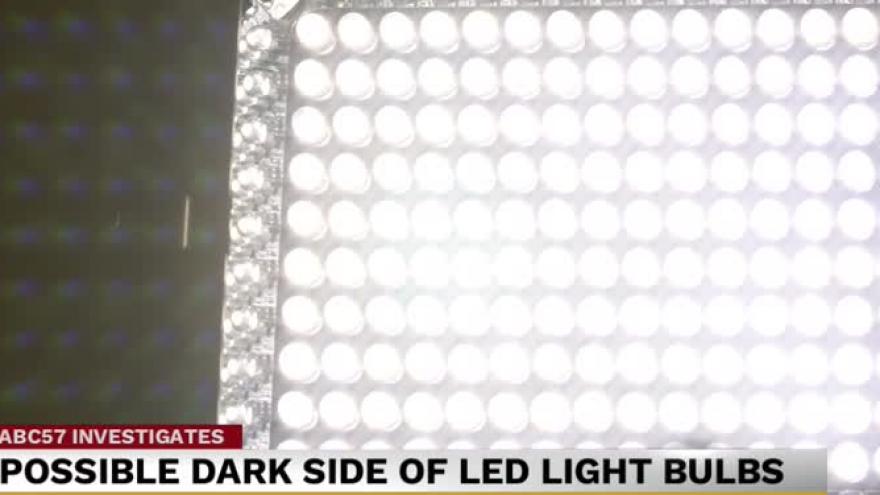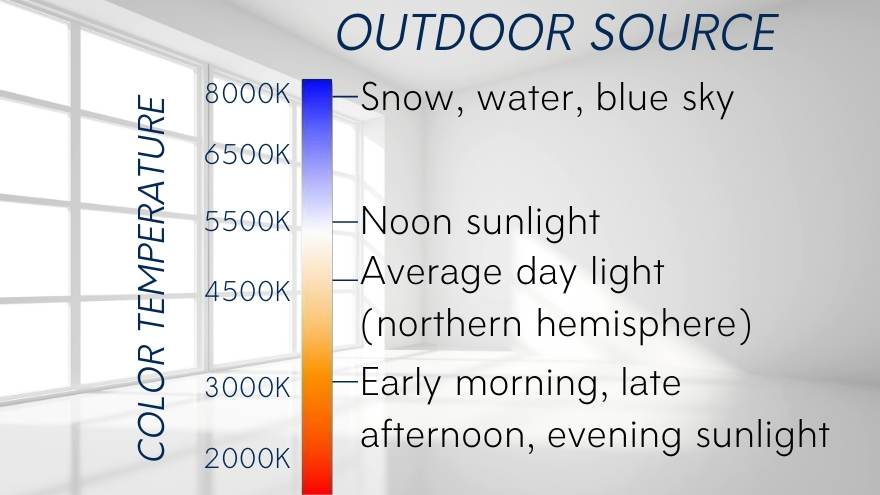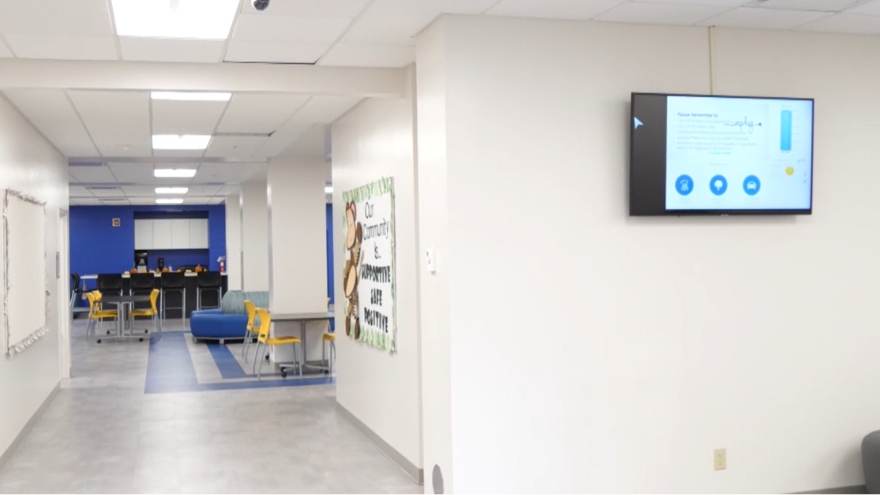LED bulb implementation involves more than energy efficiency for local colleges
ST. JOSEPH COUNTY, Ind.—Local colleges and universities are putting strategy behind the implementation of LED lighting for more than just energy efficiency.
LED light bulbs were built into the design of Ancilla College's new residence halls. They light the way for Irish when they play late at night in Notre Dame Stadium. LEDs illuminate the parking lot for students walking to their cars after a long day of studying on campus at Ivy Tech-South Bend. They pull hundred-year-old light fixtures at Saint Mary's College into the 21st century.
Colleges and universities are quickly adopting LEDs as their new standard but it's not just the environmental impacts that are driving the change.
Color temperature as a tool for detailed design
The modern bulbs are increasingly proving to be more cost and energy efficient when compared to classic fluorescent and incandescent bulbs.
Kelly Weger, a Sustainability Specialist with Purdue University, says that these LED lights are becoming extremely popular for good reasons, but in order to create an ideal situation for things like studying and learning as opposed to sleeping, careful consideration should be taken when choosing the light bulb’s color temperature, which is measured in degree Kelvin.
“What impacts us the way that we as humans perceive, physiologically, and experience light, are things like the lumen level, the brightness of the light, and the color temperature,” Weger said. “Basically our bodies have evolved and we’re used to being in tune with the sun.”
Weger said that this human response to the sun’s light cycle is where lighting designers should take cues from when choosing the right bulb for the right task space.
Based on Weger’s recommendations, a light with 3000-3500K would be best in a bedroom or relaxing environment. A classroom, on the other hand, would be better off with a light with a 4000-4500K color temperature.
The cooler the temperature, the better the light for tasks. The warmer the temperature, the more conducive the light is to a relaxing environment, according to Weger.
Local colleges and universities are using strategies like Weger’s to implement the right bulbs in the right places and are seeing added benefits along the way.
For Goshen College's Director of Facilities, Glenn Gilbert, the color of the lighting is one of the most important considerations, especially in housing spaces.
"There are many different types of LED lamps, and it depends on what we are replacing as to what style we choose," Gilbert said.
Historic fixtures retrofitted for a modern era of energy efficiency
Hundred-year-old light fixtures dangling from the ceilings throughout Saint Mary’s College may be historic but now, they’re also energy efficient.
Manager of Energy and Facilities Projects, Austin Stahly, says that while energy-efficiency is a big reason to upgrade these pieces of the past, the process actually makes the light fixtures safer.
“One of the things we’ve ran into is that some of these light fixtures are so old that we have to update the wiring or the sockets themselves to make them safe. When you’re talking about a light fixture that’s 100 years old, the last thing we want is to start a fire,” Stahly said, adding that the LED light bulbs do not use nearly the amount of heat that older incandescent used, rendering the upgrade more fire-resistant.
The LEDs’ color temperature also provides a bit of help to security cameras at Saint Mary’s.
“For security camera purposes, the coloring rendering index, the CRI, is greatly improved, especially with 4000K. It makes camera detection and everything else so much nicer,” Stahly said.
Stahly says that the college is using a standard across campus for lights at 3500-4000K in places like classrooms and study spaces. In dorms, a warmer light of about 3000-3500K is being used.
According to Stahly, the college has not used bulbs at 5000K, or exceeding natural sunlight, in order to stay away from any potential harmful effects that could impact sleep or eyesight with a color that cool.
The cooler temperatures of lighting makes it easier to read, according to Stahly.
Students at Saint Mary’s can see the benefits of the LED lights and sustainable upgrades in real-time thanks to the installation of monitors in each dorm facility on campus.
“Hopefully it motivates them to do better,” Stahly said. “This [the screen] is bringing it to their attention that they can help.”
Stahly oversees just under 1.4 million square feet of lighting at Saint Mary’s College and over the last five and a half years, has managed projects like LED light bulb implementation that now annually saves the college over $168,000.


















